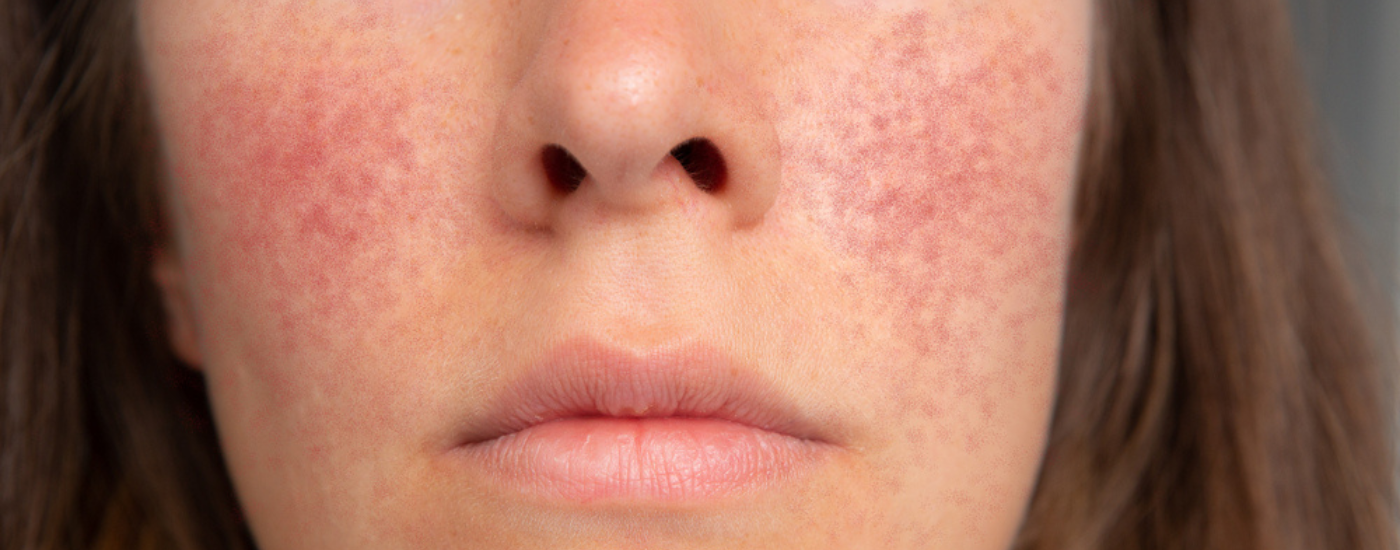Imagine for a few seconds a desolate, stony arid landscape...
Often very hot, sometimes very cold...
The terrain of dust & despair...
What can grow there?
Not much and whatever does is like a miracle, surviving against all odds.
Desert Fruit
The pomegranate (Punica granatum) is an example. This highly unusual fruit has a hexagonal outer 'shell skin' for protection and comes in beautiful shades of crimson, rose & burnt orange.
Inside is an intricate star arrangement of flesh packed with dark shiny seeds - the juice yield is low and intense.
As you can imagine, every drop is previously full of live and biovitality.
Coming from the cradle of civilisation, pomegranate symbolises surviving, striving and thriving.
The taste is rich & distinctive, unlike anything else because pomegranate has no relatives or family - truly one of a kind.
Packed full of goodness
On the technical side, polyphenols in pomegranate give it more antioxidant potential than red wine or green tea...
And all pomegranate flavonoids display antioxidant activity with indirect inhibition of inflammatory markers.
Several beneficial pomegranate compounds are unique, with their own genus related names - punicic acid; punicalin; punicalagin.
A perfect piece of armour for an immune system under attack and suitable for family use!
Related Blog:



